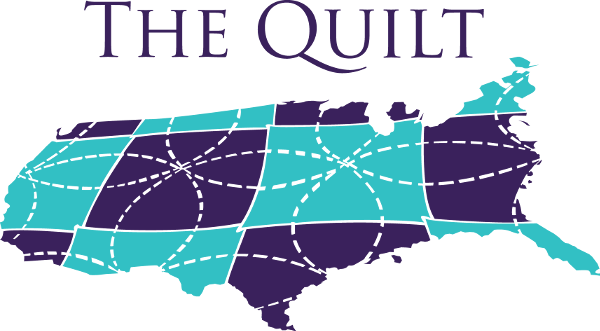JANUARY 10, 2017 – Library patrons in Santa Fe, California, regularly struggle to connect to the Internet due to low bandwidth connectivity. The library has just 5 Mbps of connectivity to serve the public and support administrative functions, far less bandwidth than many Americans have in their homes. Joyce Ryan, Director of the Santa Fe Public Library, notes, “Recently; we reached out to the community with a survey. About half of the respondents actually wrote down a comment regarding the slow connectivity and the difficulty they experienced in completing work on our computers. One patron mentioned that it took her eight minutes to access her email! Staff regularly fielded complaints regarding the slow connectivity.”
In 2013, to address this need in libraries across California, Governor Brown and the California State Legislature provided funds for an historic initiative to help all of California’s 1200 public libraries receive high-speed broadband service by connecting to the California Research & Education Network (CalREN) operated by CENIC, the Corporation for Education Networking in California. As the project to connect public libraries enters its third year of operation, 82% of the 176 eligible public library jurisdictions (main library connections) in California are either connected or are in the process of connecting to CalREN. A major goal of this initiative is to set a new standard for Internet connectivity in public libraries at 1 Gbps (or 1,000 Mbps) or higher. This goal is being achieved, and California libraries will truly be gigabit libraries, with over 80% of main libraries connecting at 1 Gbps or higher.
The gains that have been made would not be possible without the federal E-rate program. As part of its service to its members, CENIC operates the two largest E-rate consortiums in the US, one serving libraries (public libraries and library systems) and one serving the K-12 community (public schools, school districts, and county offices of education). Currently, these consortia are comprised of 1,139 members. In 2016, 50 certified E-rate applications with 187 funding requests were submitted, for a total of $33,857,775. In operating its consortia, CENIC competitively bids services, awards and executes contracts, files for E-rate funding, orders and implements services, and pays invoices, relieving members of a significant administrative burden.
Through the California Teleconnect Fund (CTF), the state of California leverages the E-rate program, expanding its benefits. The CTF is a California public-purpose program funded by a surcharge on phone bills and administered by the California Public Utilities Commission. The CTF program provides discounts of up to 50% to schools, libraries, community colleges, hospitals and health clinics, and community-based organizations for eligible telecommunications services.
After its connection to CalREN is complete, the Santa Fe Public Library will receive 1,000 Mbps (1 Gbps) while reducing monthly recurring costs for its main library and branch libraries from $1,200 per month to $270 per month. This dramatically reduced cost is due in large part to the libraries’ participation in the federal E-rate program and the further discounts provided by the CTF program. It is also due to CENIC’s aggregation model, in which the circuits needed to upgrade the connectivity to all research and education organizations in the state are bid competitively. In addition, CENIC works with Cisco and others to create deep discounts for the equipment needed by schools and libraries to upgrade their connectivity from megabits to gigabits.
Another major initiative is underway in the K-12 E-rate consortium operated by CENIC. The California Legislature approved a $76,000,000 investment to improve last-mile connectivity to public schools. The schools participating in this initiative are the least-connected and hardest to connect in the state. When their connections to CalREN are complete, most will be connected at 1Gbps, and they will be among the best-connected schools in the state. The one-time special construction costs to reach these schools are being covered by the state of California. The E-rate subsidy for each school results in low monthly recurring costs, making the connection sustainable over the long term—another example of how the E-rate program is being leveraged to secure state support for high-speed broadband service.
Seth Hemken, Director of Technology at the Redding School District, spoke about Shasta Elementary School’s upgraded Internet connectivity, saying, “One constant for Shasta Elementary was that they had always dealt with few opportunities for advancement of the bandwidth and connectivity to their campus. I feel so excited to see this new connectivity come to such a great school. With their additional network infrastructure, they will be able to enjoy wireless, and mobile devices for students and teachers like never before. And of course, when testing time comes in the spring, the school will be more ready than it ever has.” On the day that teachers and students first used their 1 Gbps connection at Montessori Middle School, Seth made a video of students at work on an assignment, researching a topic using streaming video. This assignment would have been impossible with their prior 1.5 Mbps connection. As they begin their research, students were heard to say, “It’s working like a magic wand.” “It’s working at lightning speed.”
In communities across California, the digital divide is being closed one school and one library at a time, thanks in large part to the E-rate program discounts which make high-speed Internet connections achievable and sustainable for these critical institutions.
